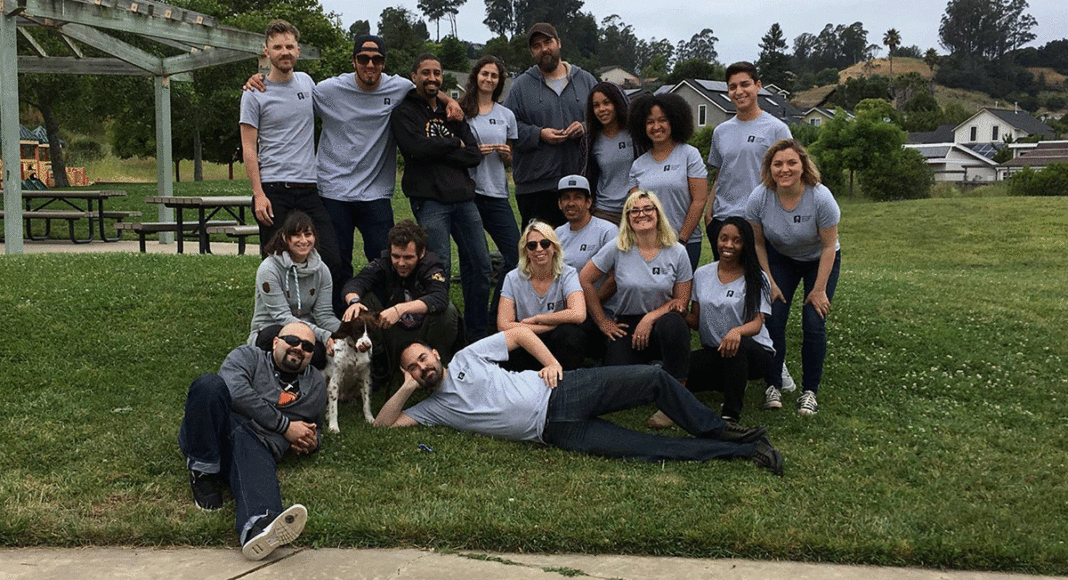Phil Kramer has a story about a man who was homeless when he learned that he had cancer.
After his initial hospital stay, the man was released to one of the 12 beds at the Homeless Services Center’s Recuperative Care Center (RCC), says Kramer, the executive director of the Homeless Services Center (HSC). Suddenly, the man had a clean bed, healthy meals and reminders to take newly prescribed medicines.
Over the course of his stay at the RCC, he learned that his cancer had spread to another part of his body. Doctors at the University of San Francisco offered him a cutting-edge experimental cancer treatment, and the RCC was able to provide him reliable transportation to his appointments in the city. This chemotherapy-like treatment, Kramer says, was successful in putting the patient’s cancer into remission. Recently, just under a year removed from his arrival, he moved into permanent housing with the help of a Section 8 voucher that the RCC helped him procure.
The RCC is one of six projects participating in this year’s Santa Cruz Gives holiday giving program that address issues surrounding homelessness in the county. Through Santa Cruz Gives, Kramer says, the community can learn about the robust array of solutions that are in place to address it.
Each of the six projects selected for the Santa Cruz Gives campaign takes on a different aspect of homelessness.
The Homeless Garden Project’s Impact Fund for Trainee Wages helps homeless individuals secure jobs and training to support them on a path to stability and permanent housing. Pajaro Valley Shelter Services is offering a tenant education program to build stronger partnerships between tenants and landlords. Wings Homeless Advocacy is raising money to provide beds and baskets of essential household items to the newly housed.
The Warming Center is taking donations to help sustain and expand a new storage program that allows those experiencing homelessness to be unburdened by their belongings while they tend to daily activities. The Downtown Streets Team provides stipends to the team members who can be seen around town sporting bright yellow shirts as they beautify the streets, parks, rivers and beaches.
Kramer says community support is a large part of what makes the RCC possible.
“The expression of support from the community, as in Santa Cruz Gives, helps pay for important and life-saving programs like the RCC,” Kramer says. “It sounds overly dramatic if I say that it is a life-saving program, but it truly is, in the case of offering medical respite care for individuals that are experiencing homelessness, that are unsheltered and don’t have any other place to go after a hospital discharge,” he says.
On average, the RCC serves more than 80 people a year. They stay an average of three months. “We also know it’s saving the hospitals and the healthcare providers, like the Central California Alliance for Health, millions of dollars per year, so it goes a long way toward making really good use of limited funds,” Kramer says.
Kramer says there aren’t many good options available to a homeless person recently discharged from the hospital. Hospitals don’t release patients to the streets, but they may provide them with a motel voucher, which Kramer says may lead to “not good health outcomes.” He says that the RCC “serves that sweet spot” for people who aren’t quite in need of a skilled nursing facility, but also don’t have a home to recover in.
The program was based on research from the of Boston Health Care for the Homeless and modeled after a similar recuperative care center in Monterey County.
Out of all of HSC’s programs, Kramer says the RCC is the one that is closest to being fully funded, meaning that the care center relies on less HSC money. The alliance provides almost half of the program’s funding, and a good portion of the rest is made up by Dignity Health, which owns Dominican Hospital. Sutter Health, Palo Alto Medical Foundation and Hospice of Santa Cruz provide most of the remaining funds. Kramer says that Kaiser Permanente was a supporter in the past with community grant funding, and he expects the healthcare provider to come back in the future.
“Those funders really make the RCC possible, and yet HSC also kicks in over $100,000 of our own money to support the RCC, so the precious dollars we raise from the community—some of those dollars go to supporting the Recuperative Care Center as they do also help to bridge gaps in all of our programs,” Kramer says.
Volunteers can donate their time, as meals for the Recuperative Care Center are prepared daily at the Homeless Services Center on Coral Street. HSC also has an Amazon wish list that includes items like mattresses, clean linens, new socks and comfy clothes like T-shirts and sweats.
Kramer says he and other HSC leaders have talked to their partners about expanding capacity at the RCC. “There’s certainly a need for more than 12 beds,” he says. “Those 12 beds in the RCC are almost always full.”
To donate, visit santacruzgives.org through Monday, Dec. 31.














The article neglects to mention the Homeless Persons Health Project (HPHP), which provides all of the patient assessments, nursing and wound care, integrated behavioral health (groups and therapy), and support for each and every patient. HPHP is a County of Santa Cruz program, and the RCC would not exist without it.
Very true! Here’s a little more about HPHP’s involvement in the RCC. https://www.santacruzhsc.org/santa-cruz-gives-featuring-the-recuperative-care-center/